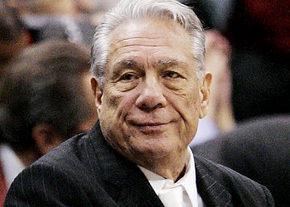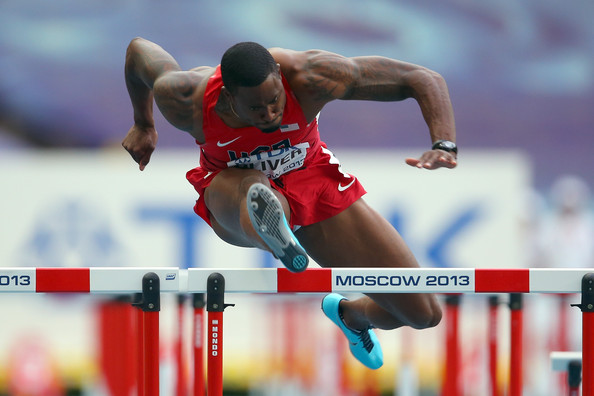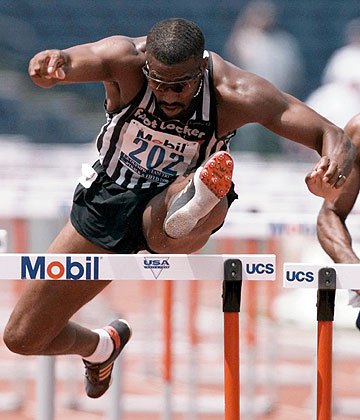June 7, 2014
For today’s blog post I’m providing a snippet from an interview I did with Jon Hendershott – long-time journalist for Track & Field News – that will appear in the June issue of The Hurdle Magazine, which comes out June 14th. Usually on the other side of interviews, Hendershott has been writing for T&FN since 1967. Over that period of time, he has covered 9 Olympic Games and 13 World Championships, dozens of USA Championships, and countless meets at all levels of the sport. He has interviewed some of the greatest track and field athletes who have ever lived, including hurdlers Rod Milburn, Renaldo Nehemiah, Kim Batten, Kevin Young, and numerous others. The interview covers a gamut of track-related topics. The passage below addresses some hurdle-specific issues:
***
McGill: Do you feel that the hurdling events should constantly be evolving? I for one have argued for several years that the height of the hurdles in the women’s 100m hurdle race should be raised. What are your thoughts on that?




